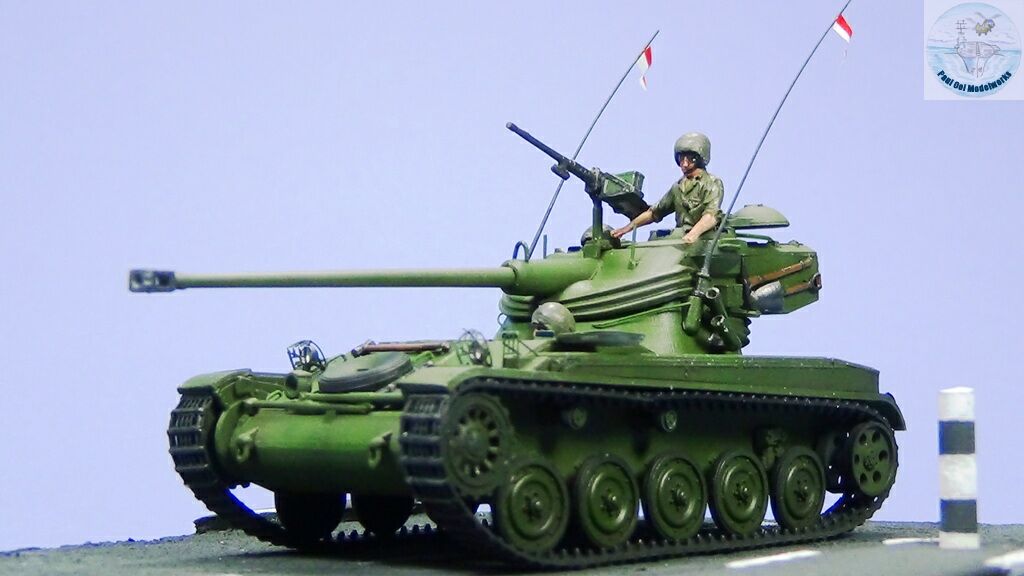
The AMX-13/75 was a light tank developed by AMX France in the early 50’s for use in fast deployment situations endemic in the post-colonial period after WW2. Many AMX-13’s were sold to Israel who in turn used them in large numbers throughout the 60’s, until the Six Day War in 1967. In an interesting twist of international relations, when the island of Singapore was expelled from the Malaysian Federation in 1965, Israel became the only country that was willing to help that new island republic to build her army. In mid-1969 tensions grew between Singapore and Malaysia as an extension of the May 13 race riots in the latter country. The government of Singapore was concerned that a change of leadership in Malaysia could result in attempts to forcibly re-absorb Singapore into that federation. The AMX-13’s were sold by Israel to Singapore to bolster the island’s defenses under such political clouds.
The first 18 tanks arrived in Singapore in June 1969, still bearing their Israeli desert colors and markings. These were quickly repainted with dark green (most likely FS34079) and the first batch of the Singapore Army Armour crew were trained in 6 weeks to operate the tanks. The plan was to make a great show of national independence and self-determination during the annual National Day Parade of 1969. When all 18 tanks paraded down the street with Malaysian representatives among the regional guests viewing, they sparked a commotion between the two neighbors. However the message was sent, and there were no more rumors of impending “recovery” attempts across the Causeway. Singapore’s AMX-13 was possibly one of the few tanks in history to have won a battle without having to fire a single shot in anger. Subsequently Singapore acquired more AMX-13’s and operated them until their replacement by the Leopard 2.
Gallery
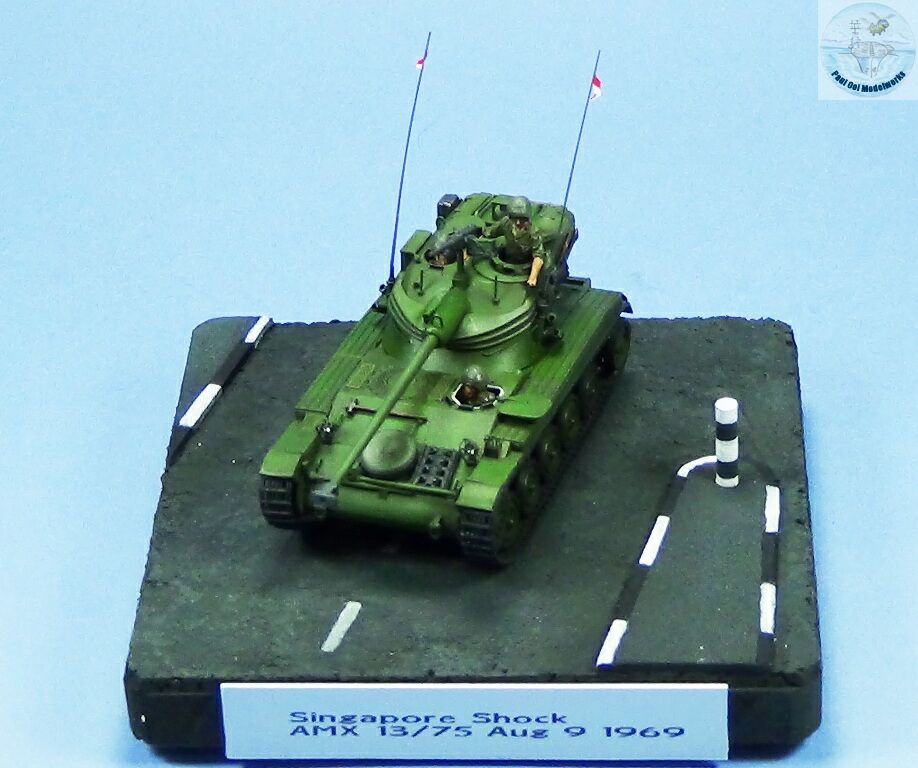

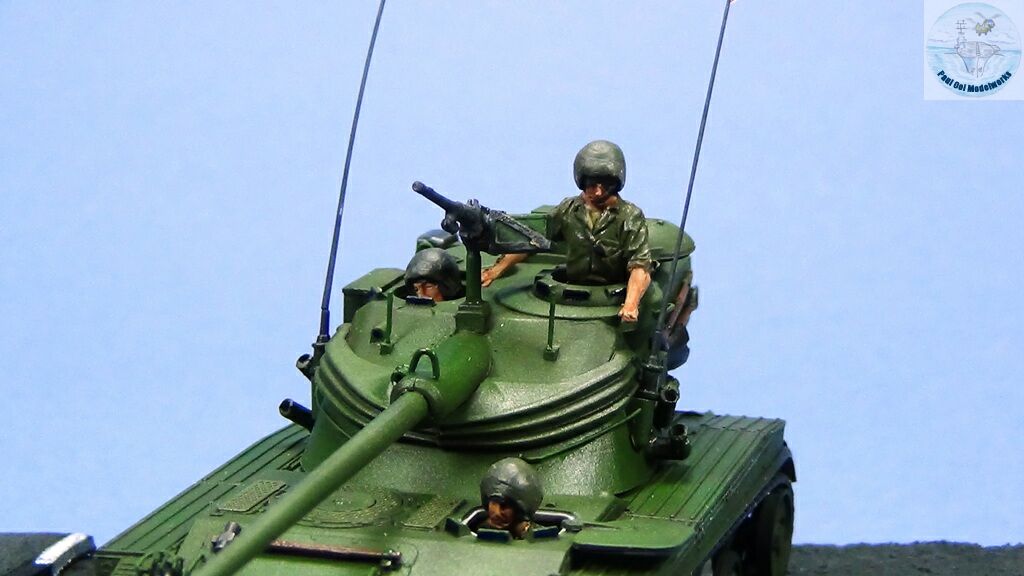
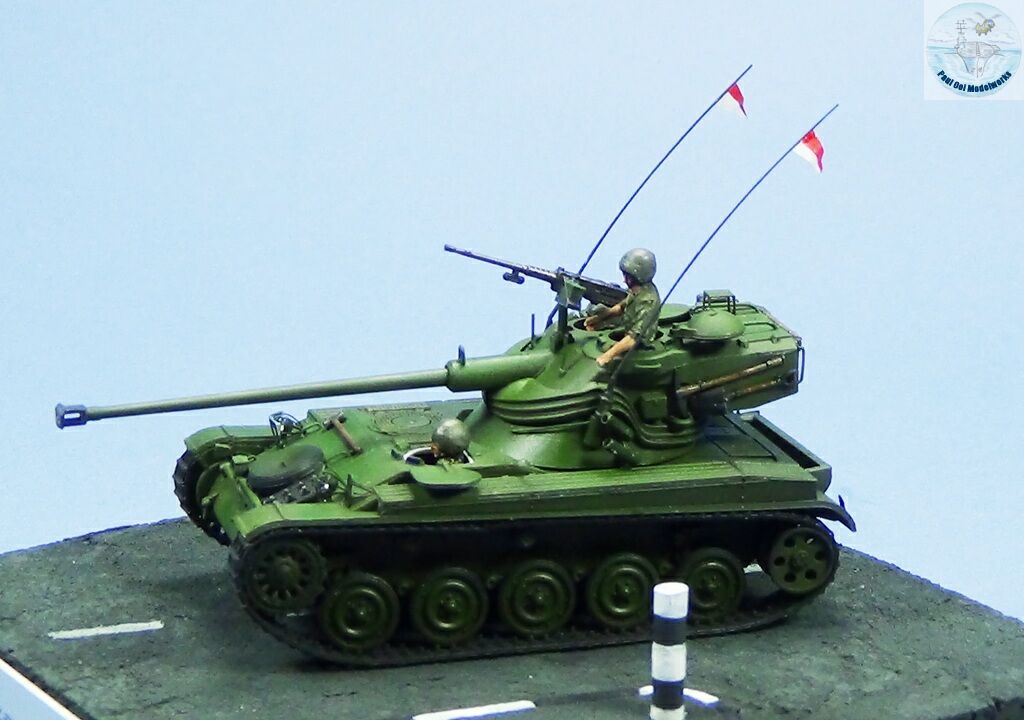
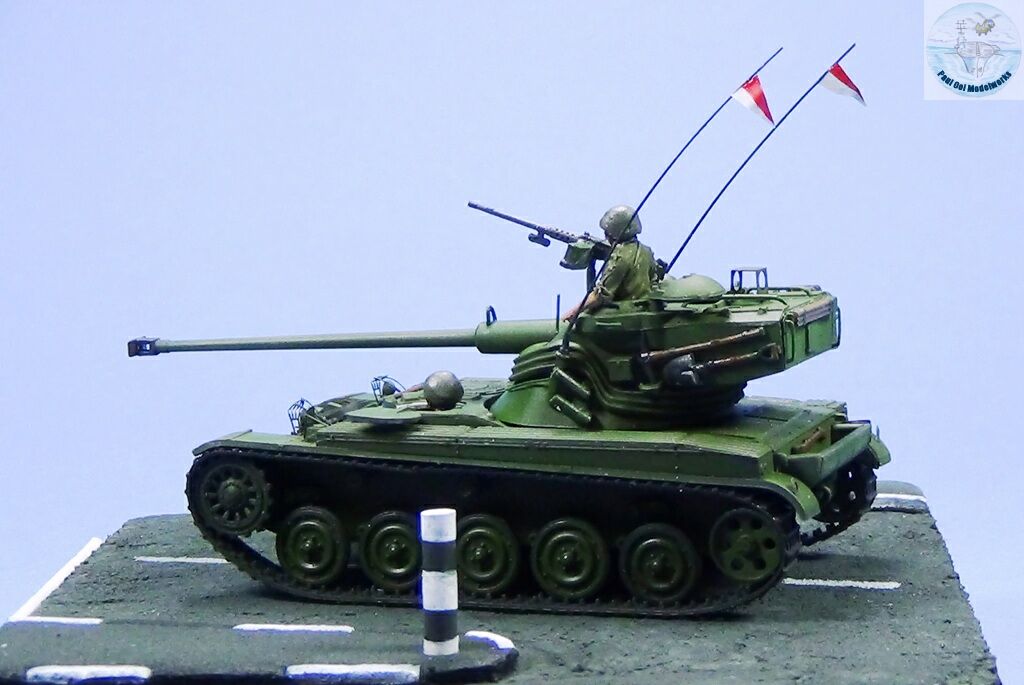
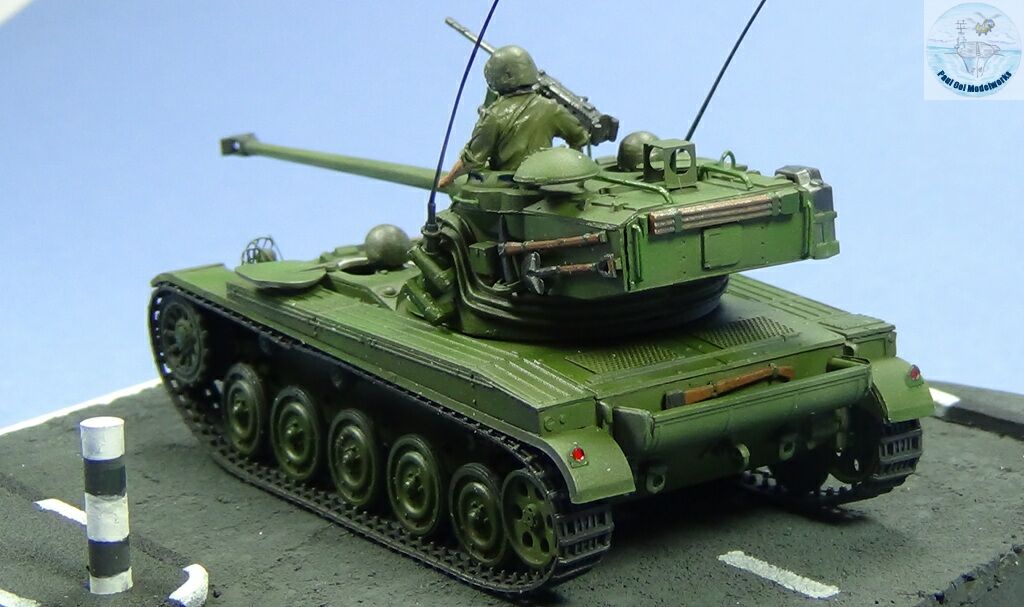
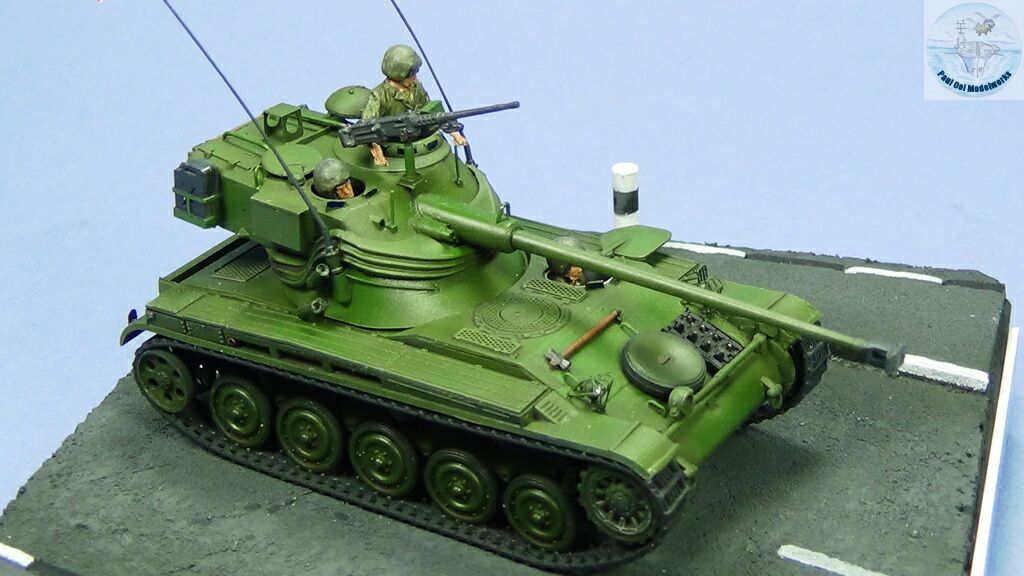
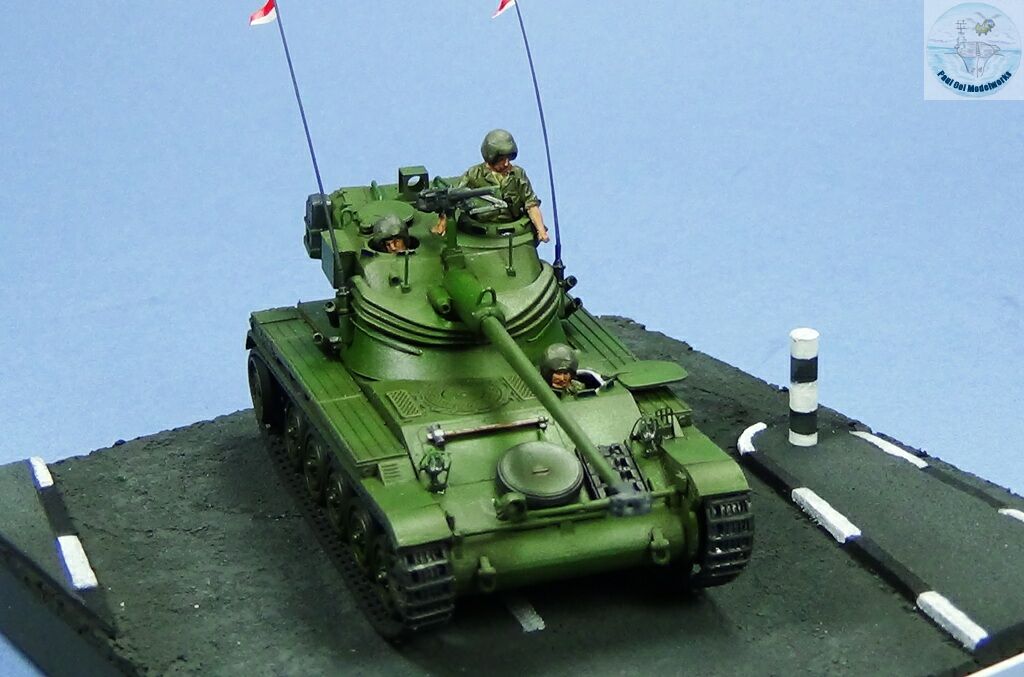
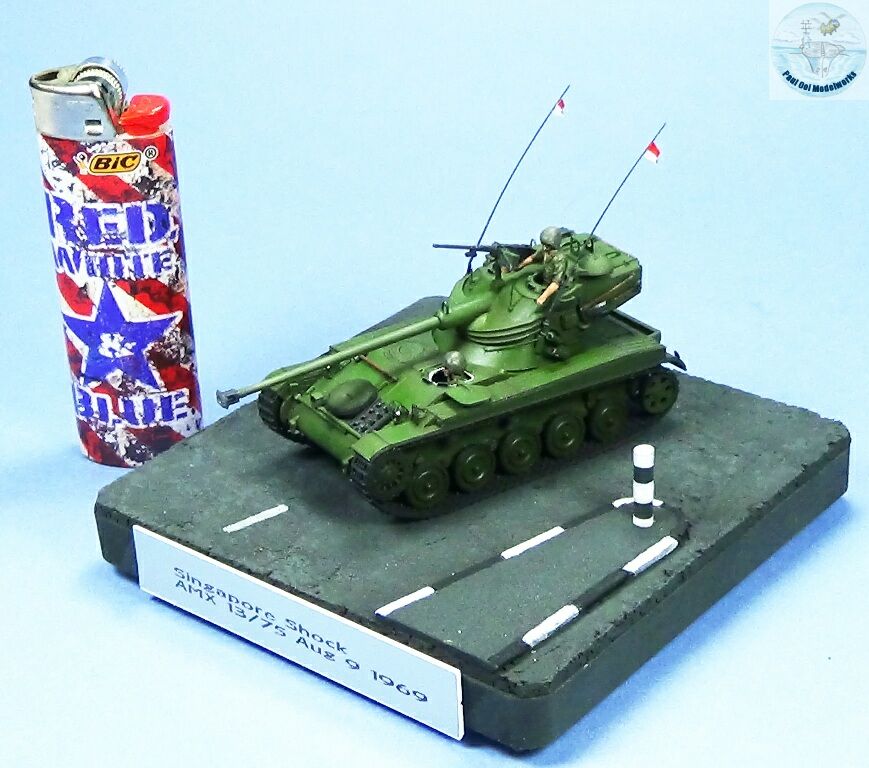
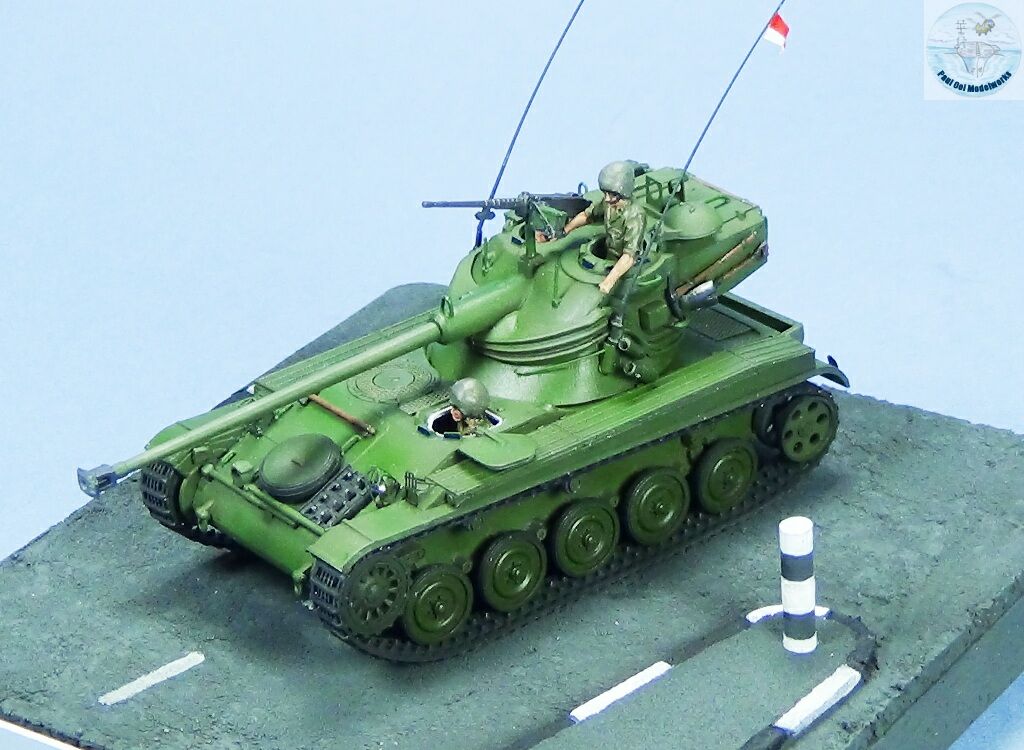
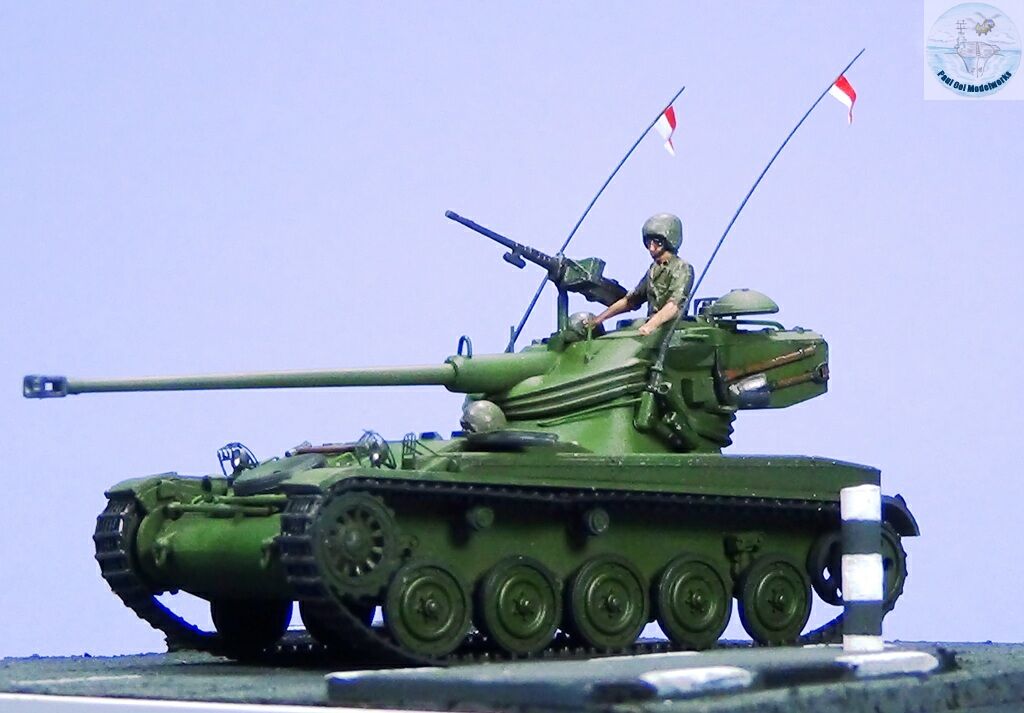
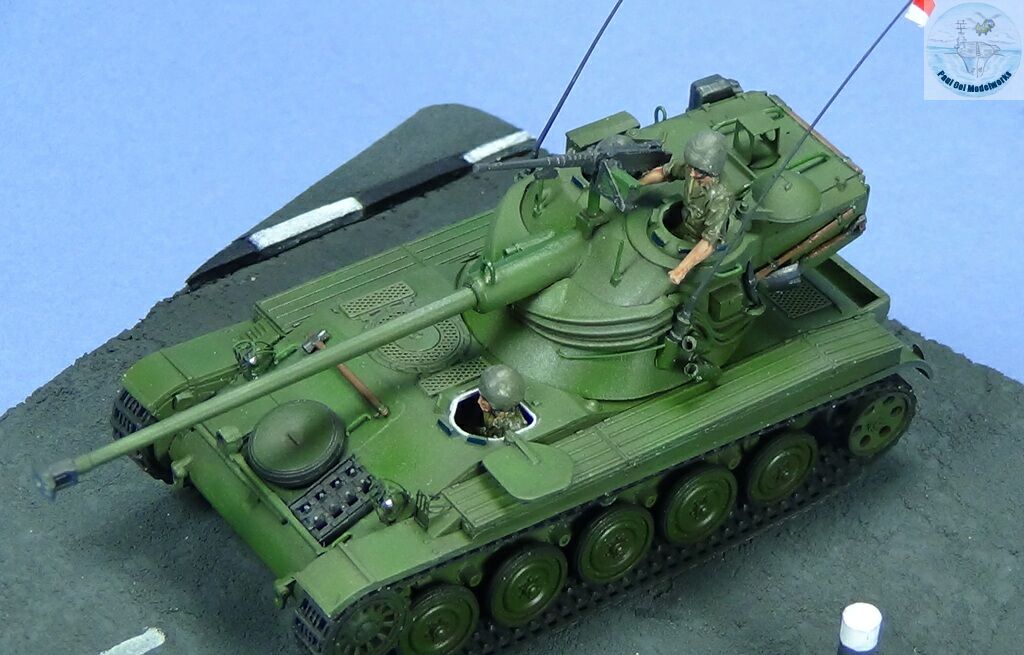
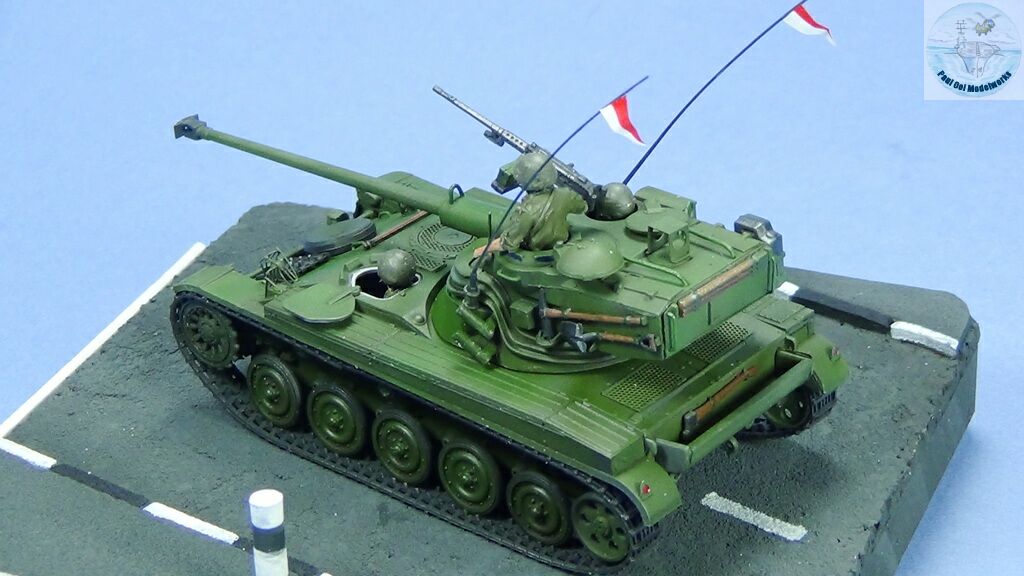
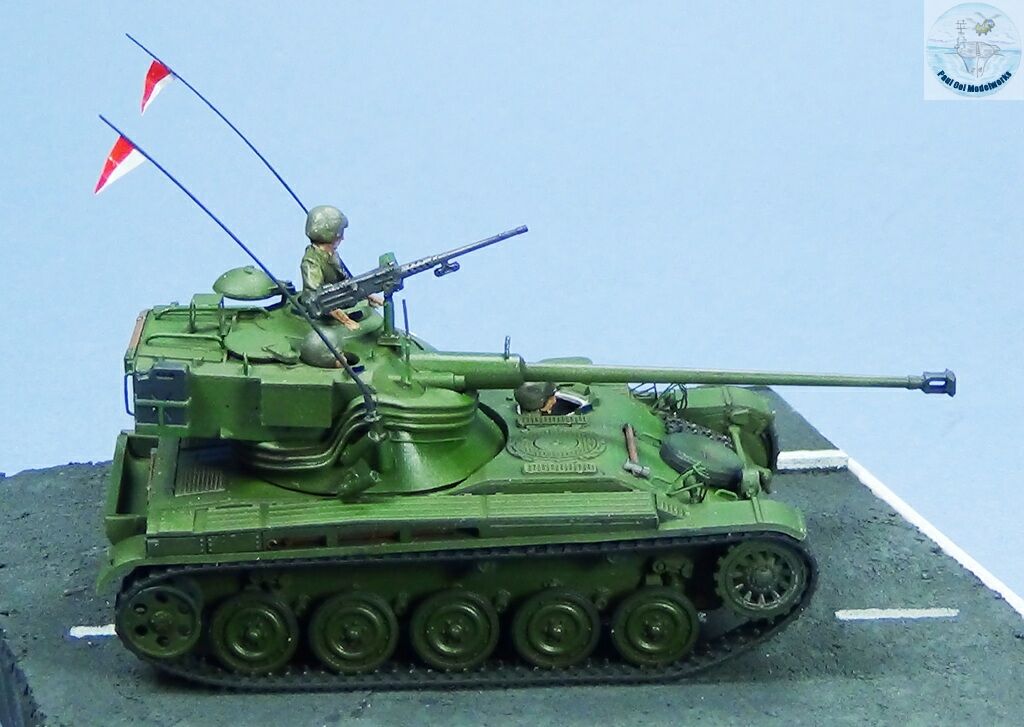
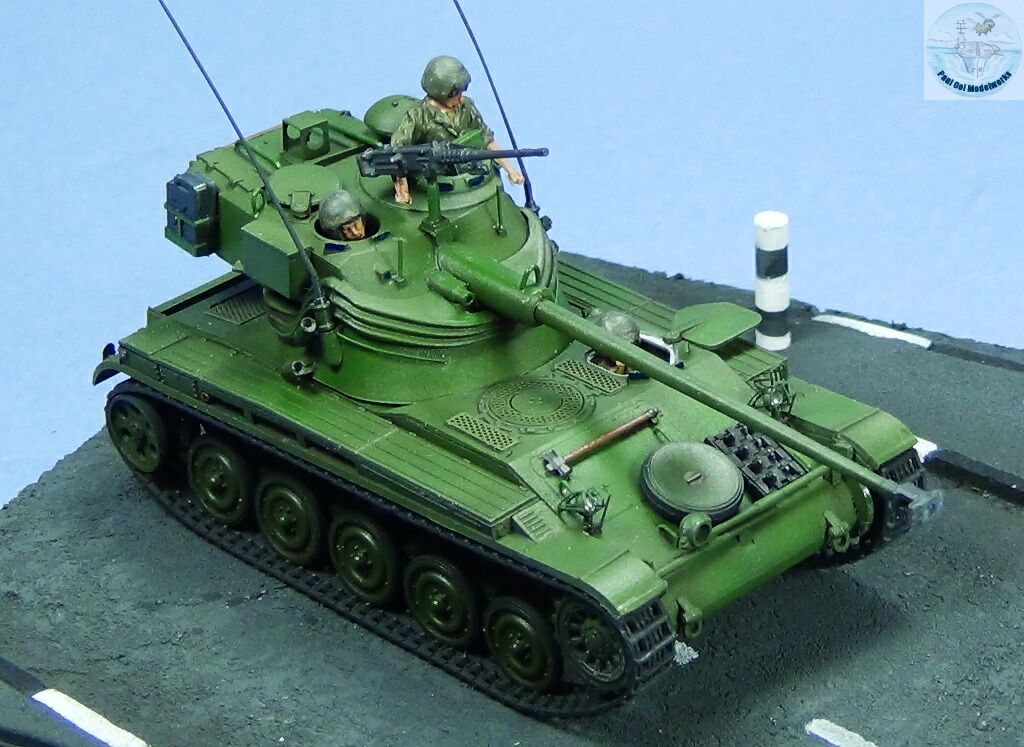
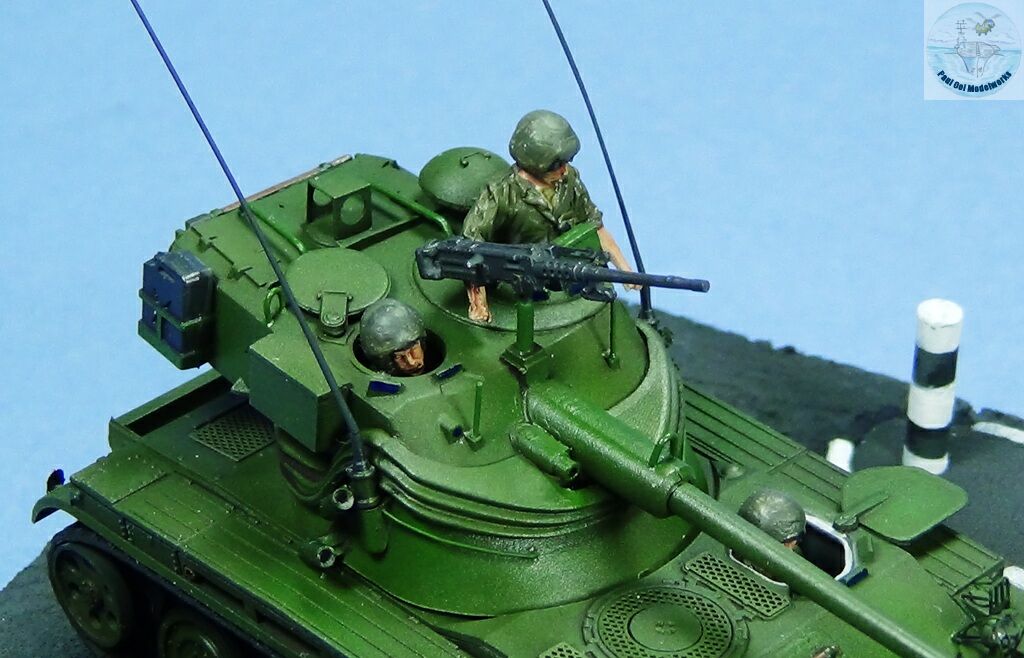
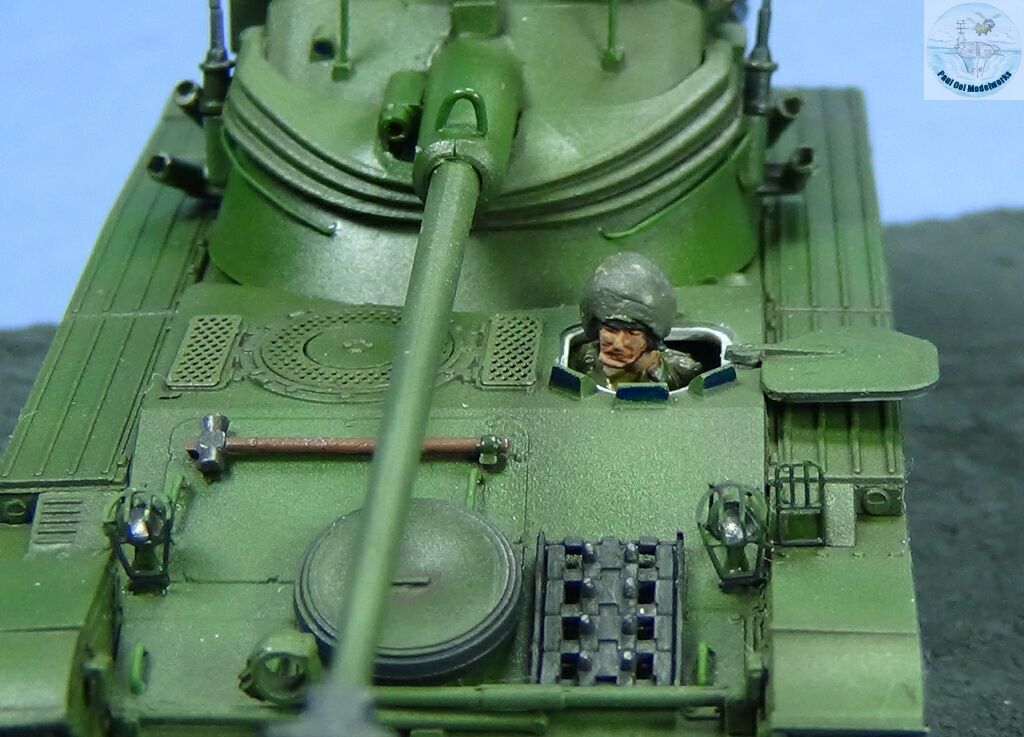
Construction Notes
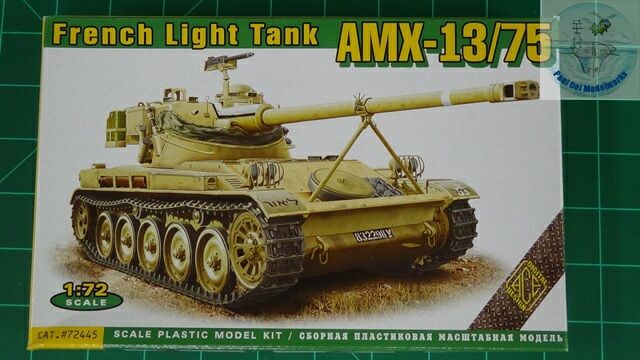
This 1/72 scale AMX13/75 model by Ukrainian maker Ace Models was a vast improvement over the venerable Heller kit. The kit has many parts for such a small tank, complete with two photoetch panels. The downside was that the tracks were the flexible rubber ones that make it impossible to simulate the track sag over the upper follower rollers. Overall part fit was good and provided enough variant parts to make the Singaporean version, which was essentially the Israeli version with just a few minor differences. My two complaints were that the turret assembly does not quite achieve the real appearance of the “bellows”, and secondly, for a tank that has many rails around the turret area, even providing locating dimples there were none included in the kit. I did not have any need for the decals as the early Singaporean tank as it appeared on the parade carried no markings at all, not even serial numbers.
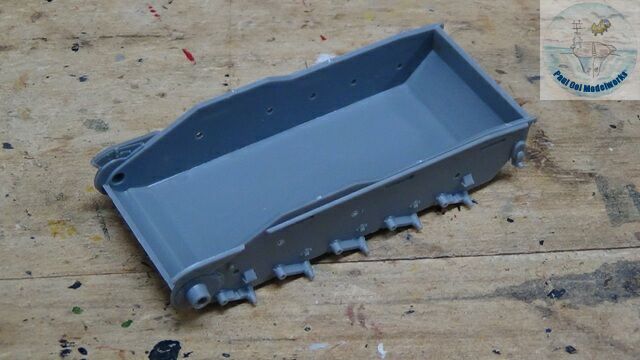
Assembly starts with the building of the main hull box.
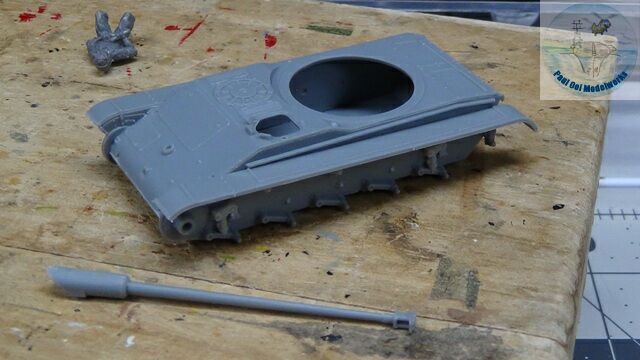
Very quickly the upper hull sections and track guards were added to the main assembly. The gun barrel assembly was also built. I also take this time to trial fit the driver figure in the main hull.
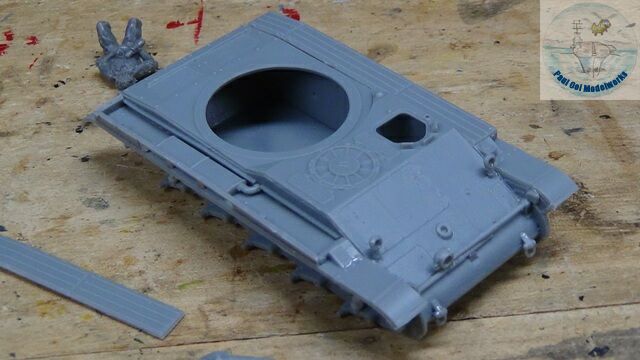
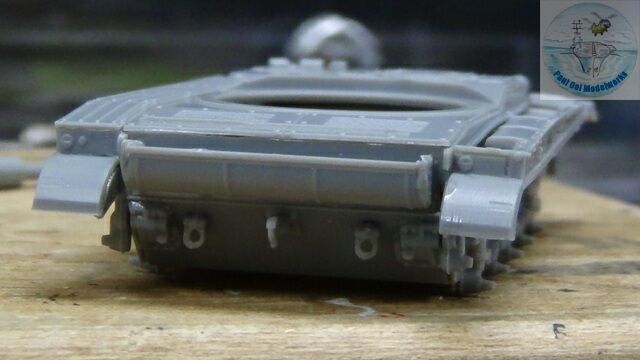
Front and rear details are added to the main hull. I did drill out the front and rear towing brackets since the ones provided by the kit were just solid U-shaped tongues.
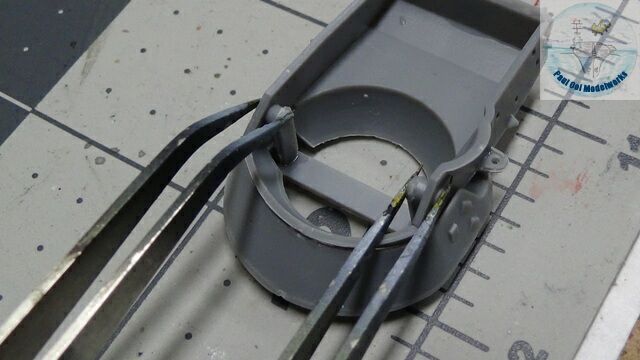
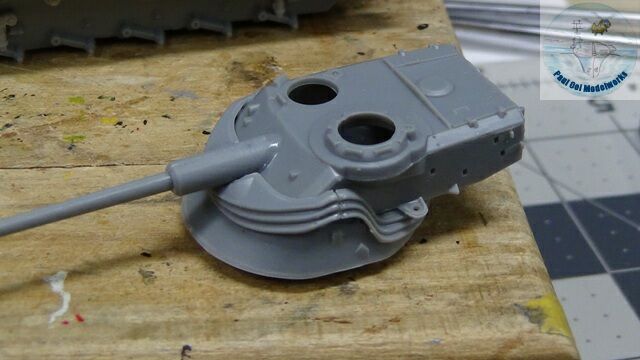
To allow some elevation of that strange oscillating tank turret from GIAT, there are a pair of internal unsupported bracket arms that needed to be clamped to the assembly. In the end, I just glued them in place.
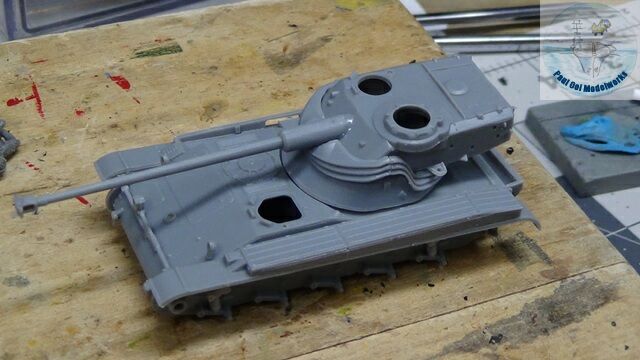
Once the main parts have been attached, we are ready for the spray booth.
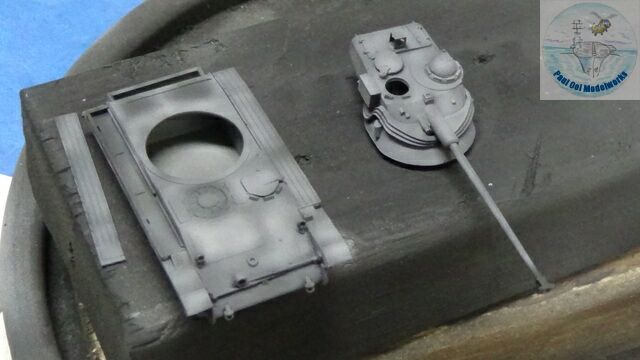
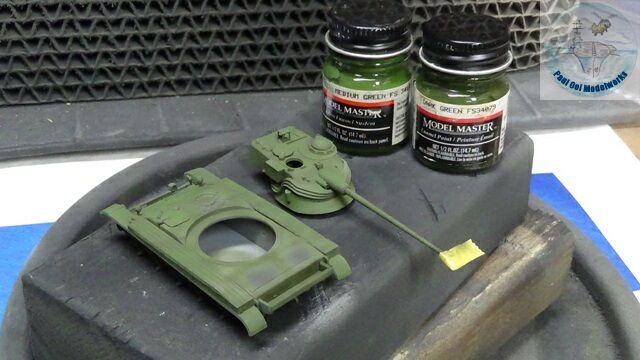
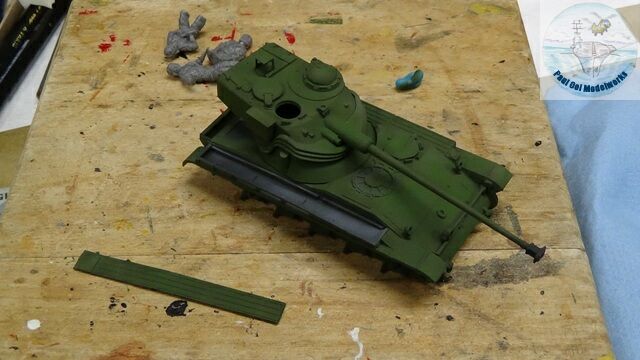
As my usual practice, I undertone the hull and turret with Tamiya XF-69 NATO Black followed by highlights in XF-19 Sky Grey. Then I apply a uniform cover of Dark Green FS34079, then highlights in Medium Green FS34102. I left the starboard side stowage compartment open to insert the rust colored exhaust system later.
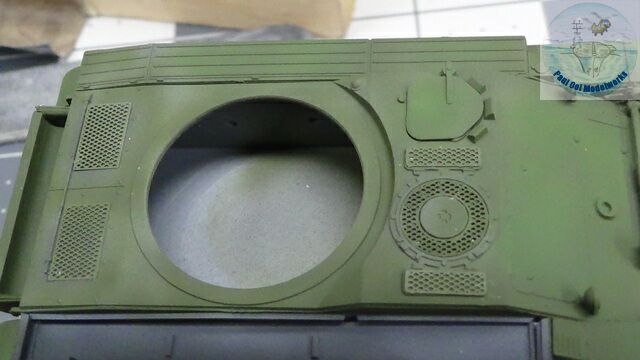
The photoetched ventilation covers for the engine are installed before other hull details are added.
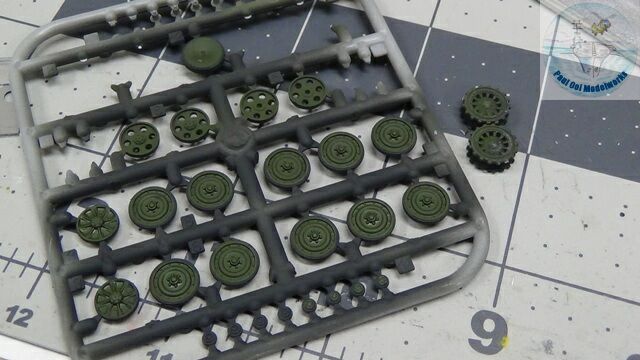
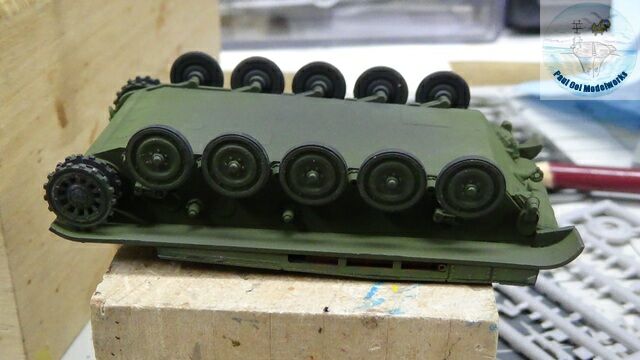
It’s sprocket-and-roadwheel time. For a tank boggies arrangement, this one is fairly straight forward. I left off the last follower and the upper rollers until track installation time to prevent having to stretch and break the rubber tracks.
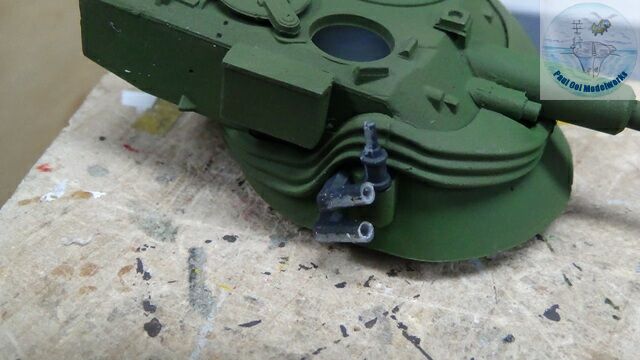
The smoke grenade launchers and antennae are added to the turret. Note that the launching tubes have been drilled.
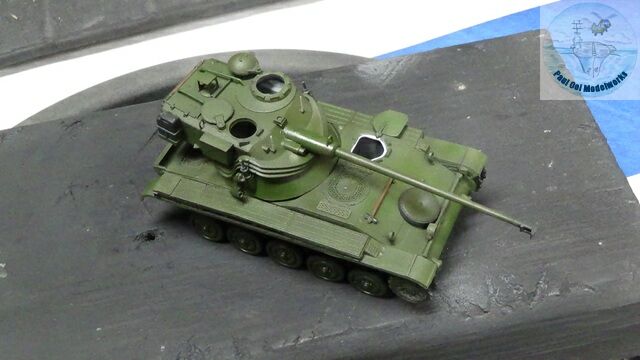
I sealed the entire tank under a satin varnish to protect the paintwork from subsequent washes. This also give the tank that newly-painted look for the parade.
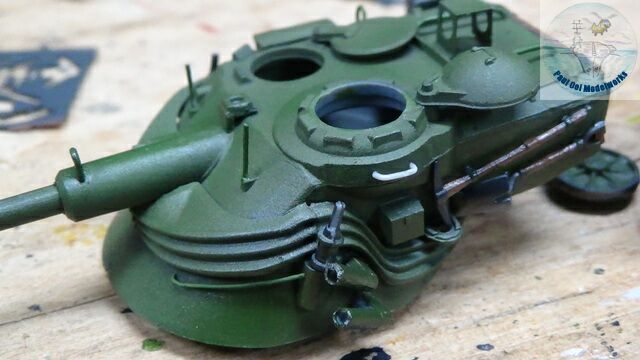
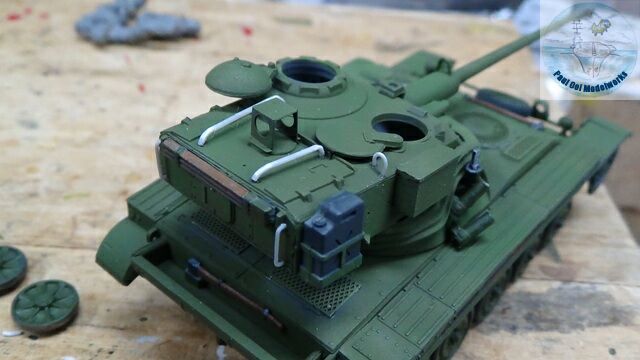
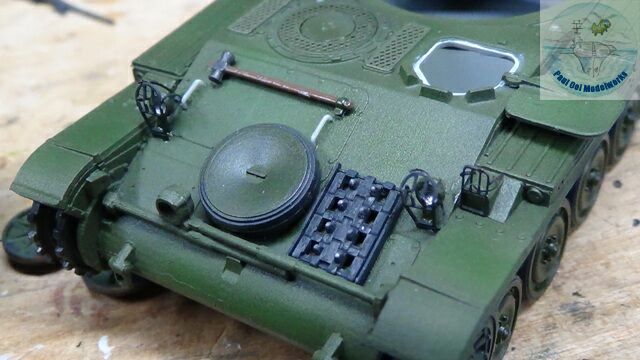
As mentioned earlier, this kit is missing a lot of grab and hand hold rails. Note all the additional rails I added to make the model more realistic.
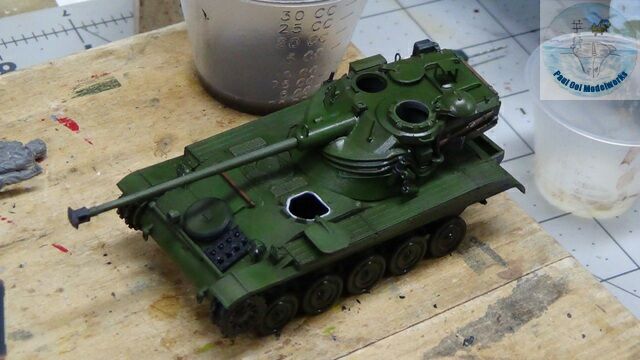
For added depth and details effect, I applied a turpenoid wash of 2 parts Lamp Black, 1 part Burnt Umber.
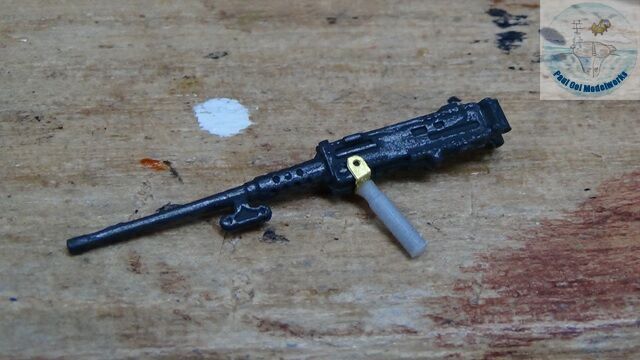
The General Purpose Browning MG was a leftover part from the Israeli Shot Kal. I mounted a new bracket and post to that 50 cal.
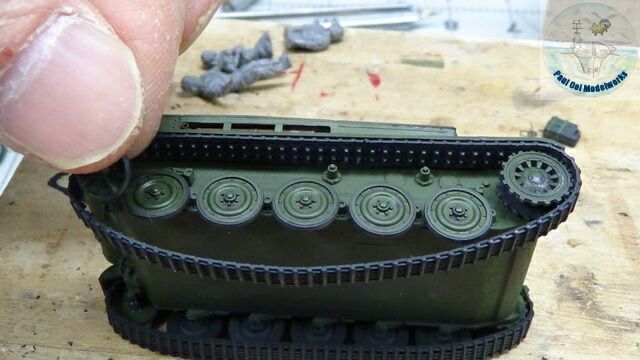
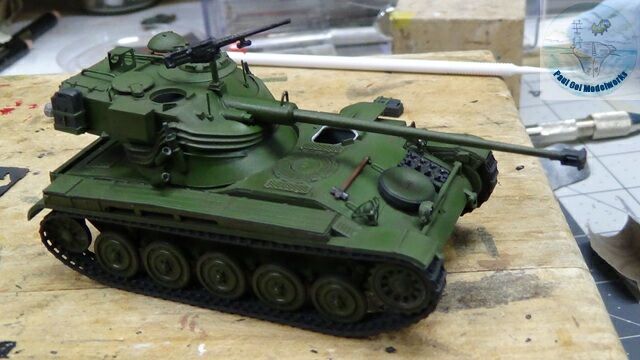
I joined the track ends together using Loctite 770 primer, followed by Superglue. Once properly dried, they are very strong and can take a decent amount of stretching. I stretched the track band using the rear follower as a tensioner until I snap it into its holding bracket. Busy and fast glue workmanship needed to get the tracks all in line with the tank chassis and road wheels.
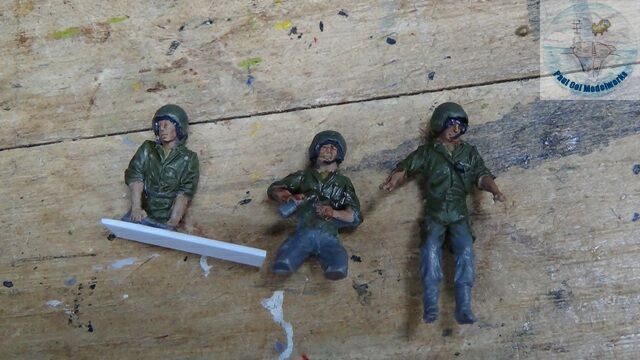
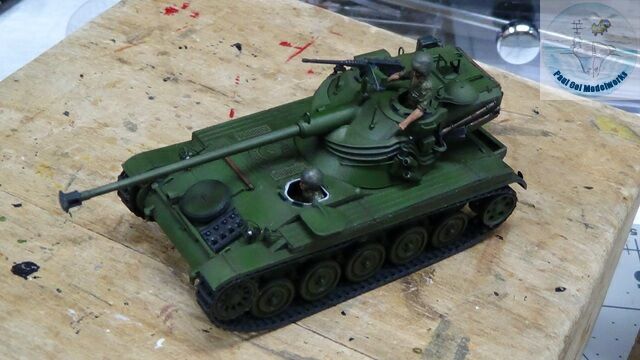
I populated all the crew positions as was seen in the parade photographs from 1969. Israeli style tank helmets were issued to Singaporean crews with US-style green uniforms. The helmets were made out of Tamiya 2-part epoxy.
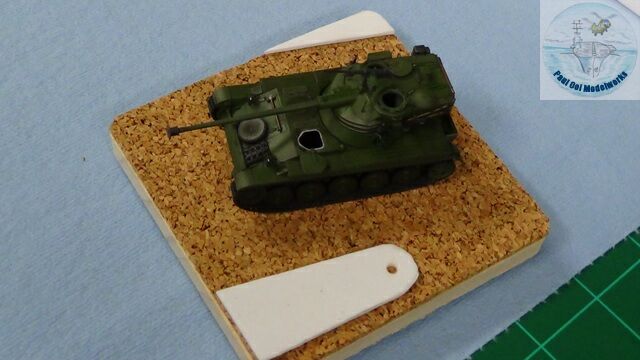
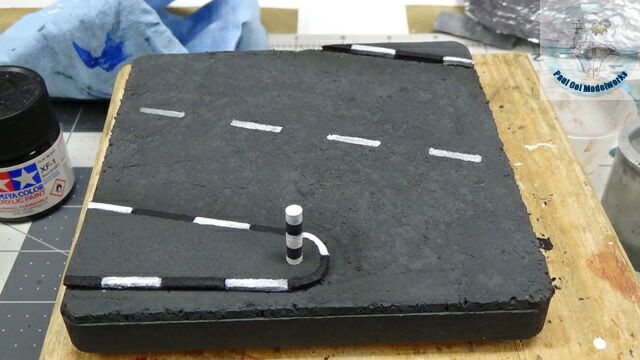
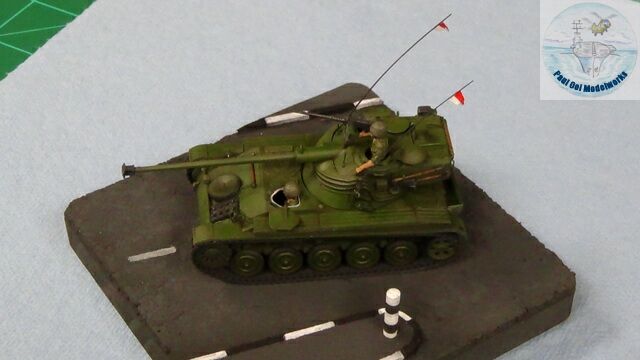
The road base was made using a 4″ x 4″ bass wood plaque, lined with natural cork sheet, and foal sheet pavement. The black-and-white painted kerb and island post were typical of 1960’s Singapore. The parade tanks’ only indication of nationality were the Singapore national pennants flying from the twin antennae. And so we have the Little Tank that roared!


Awesome work, as usual, Paul. Two thumbs up. Do the Leopard!!! 😊
Just finished the Tamiya 35 scale one with a similar idea as you. I am displaying it with a printout of the picture of its firs NDP as the background.
Hello Alvin,
“Great minds think alike”